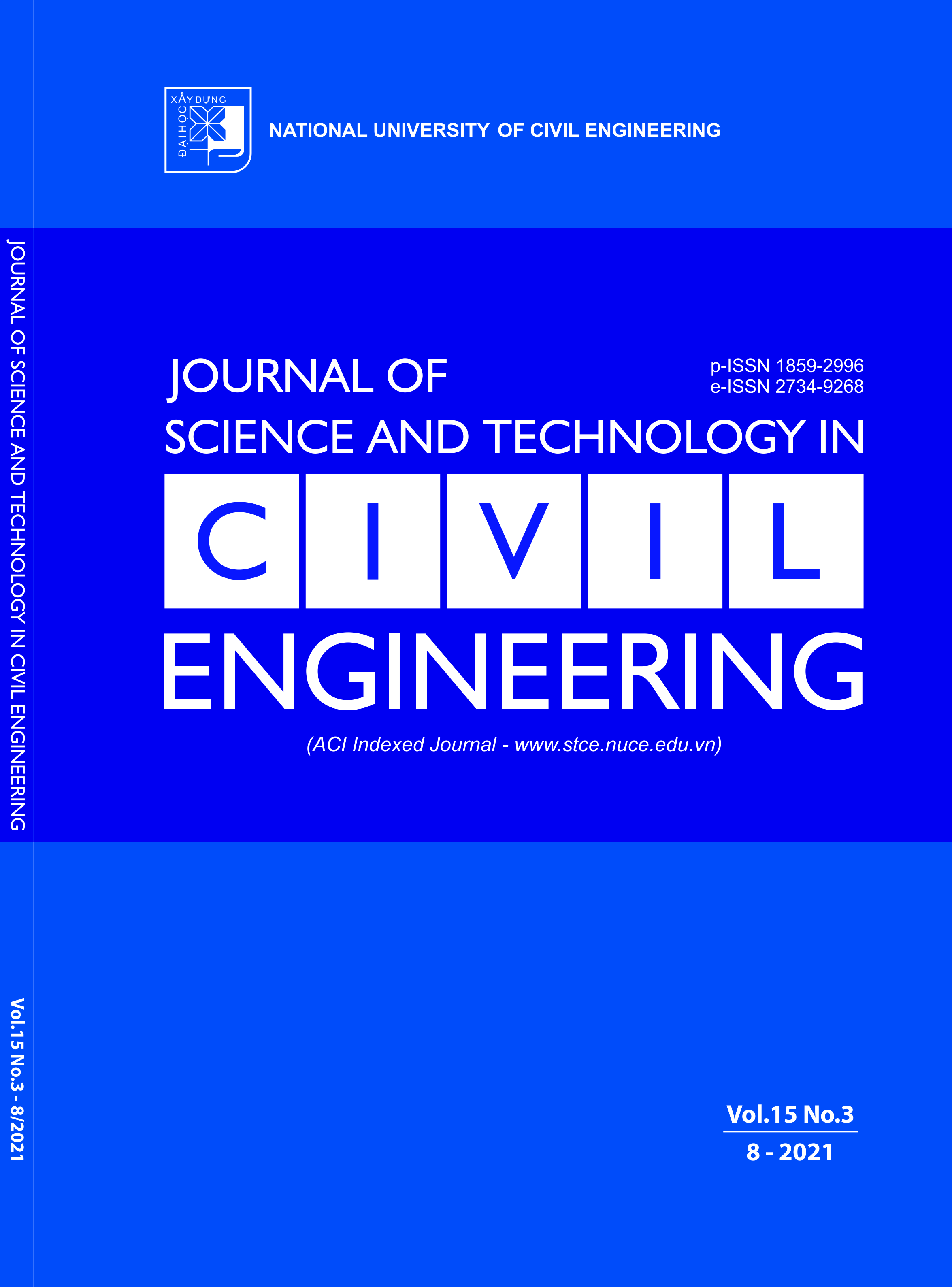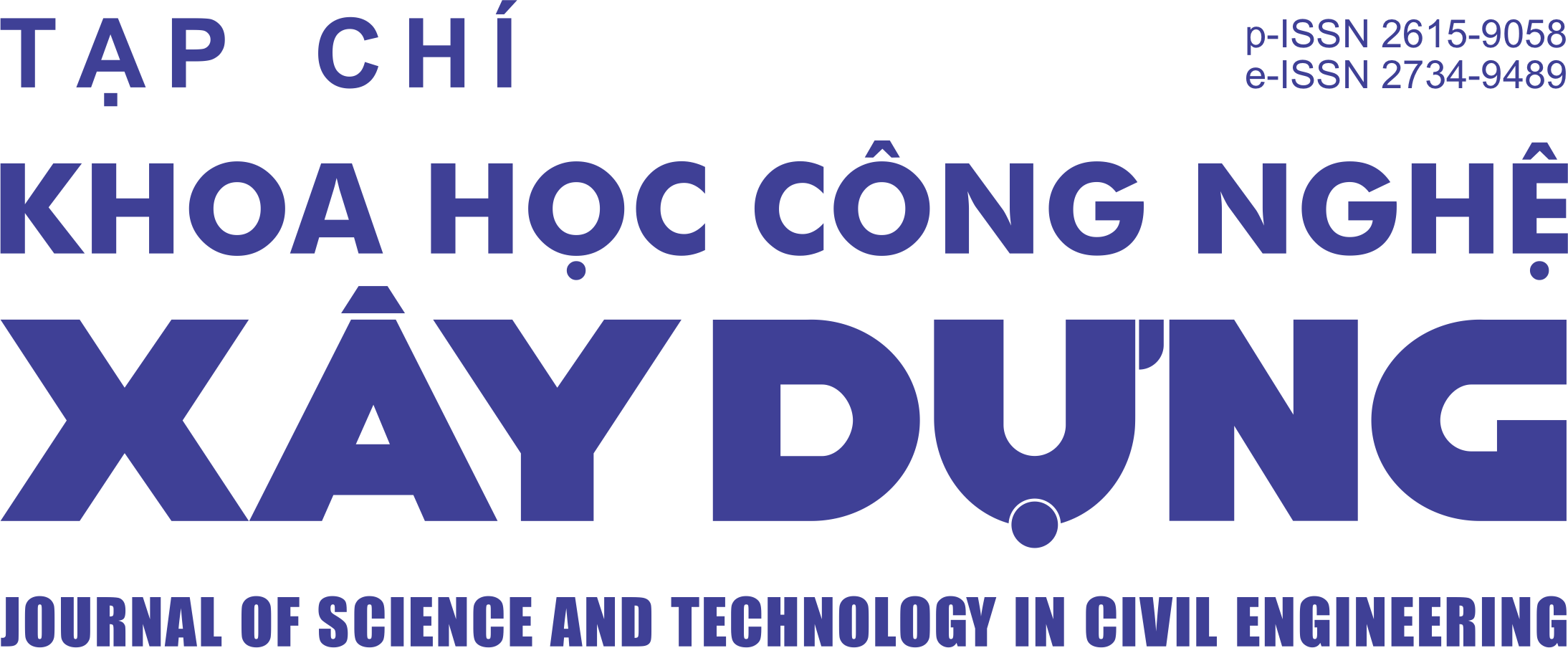Influences of shrinkage reducing admixture on the mechanical properties, drying shrinkage, water absorption and porosity of Portland cement mortar
Abstract
Drying shrinkage is the main cause of early age cracking of concrete and mortar. A wide range of research has been conducted to reduce the drying shrinkage, including using fibres or chemical admixtures. This paper investigated the effect of shrinkage reducing admixture on the flexural strength, compressive strength, drying shrinkage, water absorption and porosity of mortar. The mix compositions were ordinary Portland cement (OPC) : sand : liquid = 1: 1: 0.38 in which liquid consisted of water and shrinkage reducing admixture (SRA). SRA was used at the proportions of 2%, 4%, and 7% by weight of cement. The test results show that SRA reduces the flexural and compressive strengths of mortar. The reduction in flexural strength and compressive strength at 28 days is 14% and 25%, respectively at 7% SRA dosage. In addition, SRA significantly reduces the drying shrinkage and water absorption of mortar. At 7% SRA dosage, the drying shrinkage at 53 days is reduced by 60% while the water absorption rate at 24 hours is reduced by 54%. However, SRA has a minor effect on the pore size distribution, effective porosity, and cumulative intrusion volume of mortar.
Downloads
Copyright (c) 2021 National University of Civil Engineering

This work is licensed under a Creative Commons Attribution-NonCommercial-NoDerivatives 4.0 International License.
1. The Author assigns all copyright in and to the article (the Work) to the Journal of Science and Technology in Civil Engineering (JSTCE) – Hanoi University of Civil Engineering (HUCE), including the right to publish, republish, transmit, sell and distribute the Work in whole or in part in electronic and print editions of the Journal, in all media of expression now known or later developed.
2. By this assignment of copyright to the JSTCE, reproduction, posting, transmission, distribution or other use of the Work in whole or in part in any medium by the Author requires a full citation to the Journal, suitable in form and content as follows: title of article, authors’ names, journal title, volume, issue, year, copyright owner as specified in the Journal, DOI number. Links to the final article published on the website of the Journal are encouraged.
3. The Author and the company/employer agree that any and all copies of the final published version of the Work or any part thereof distributed or posted by them in print or electronic format as permitted herein will include the notice of copyright as stipulated in the Journal and a full citation to the Journal as published on the website.







